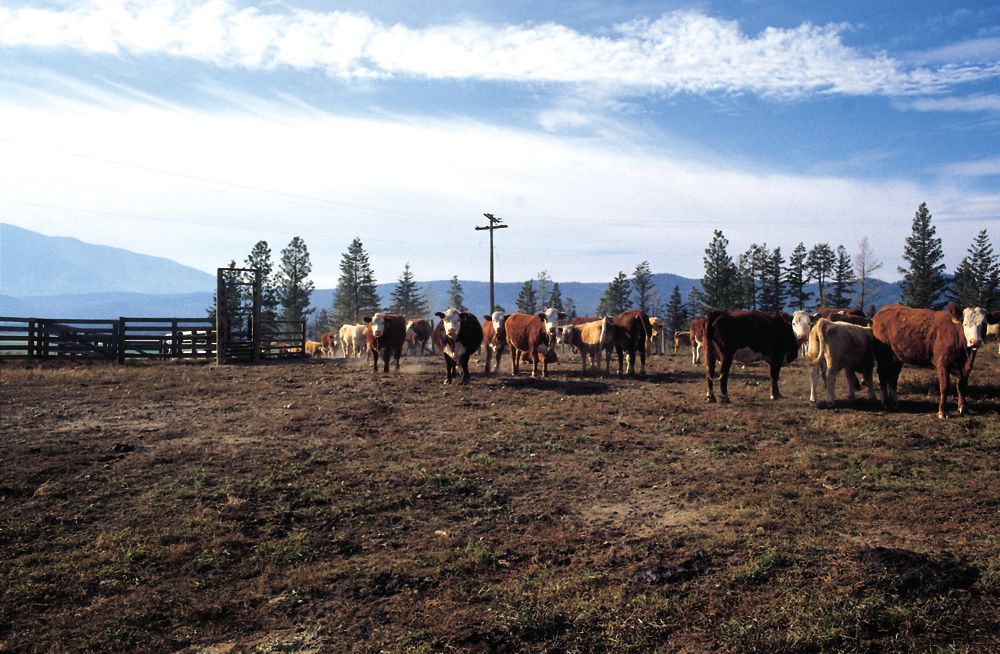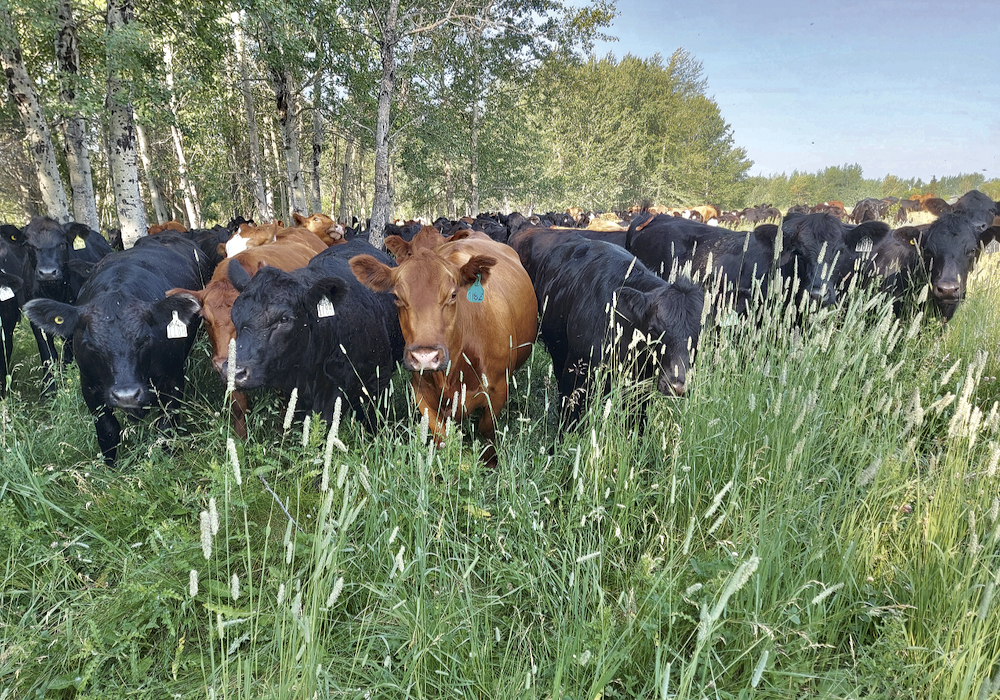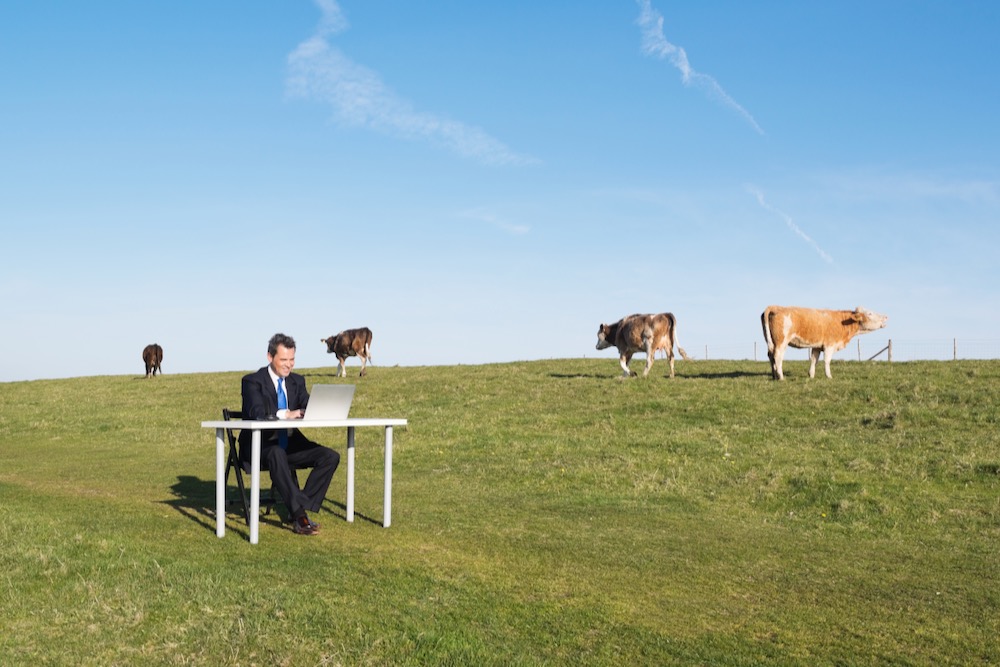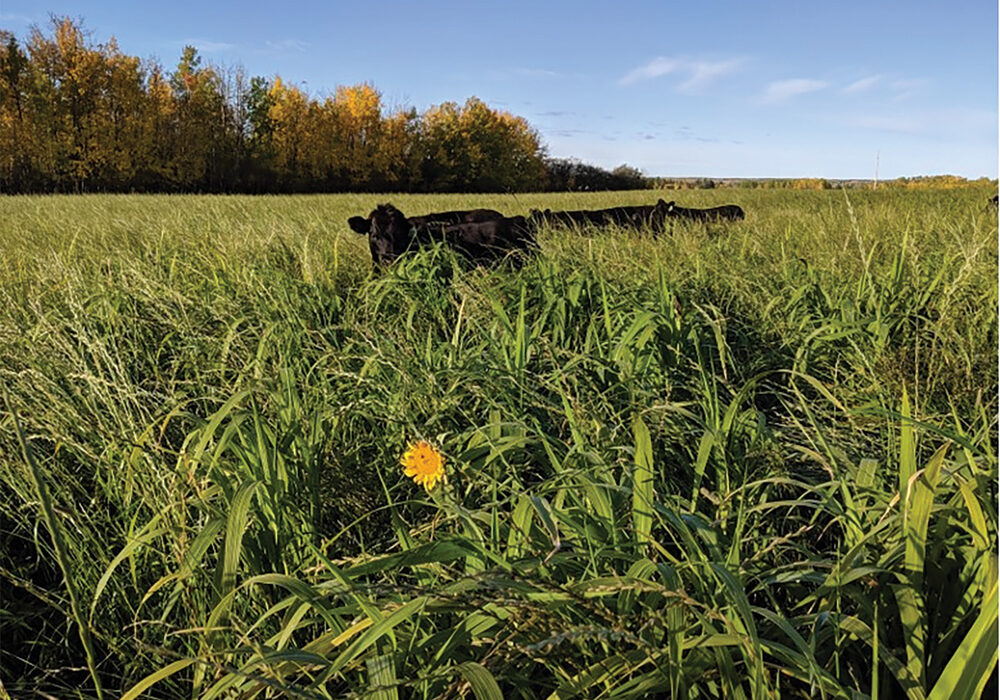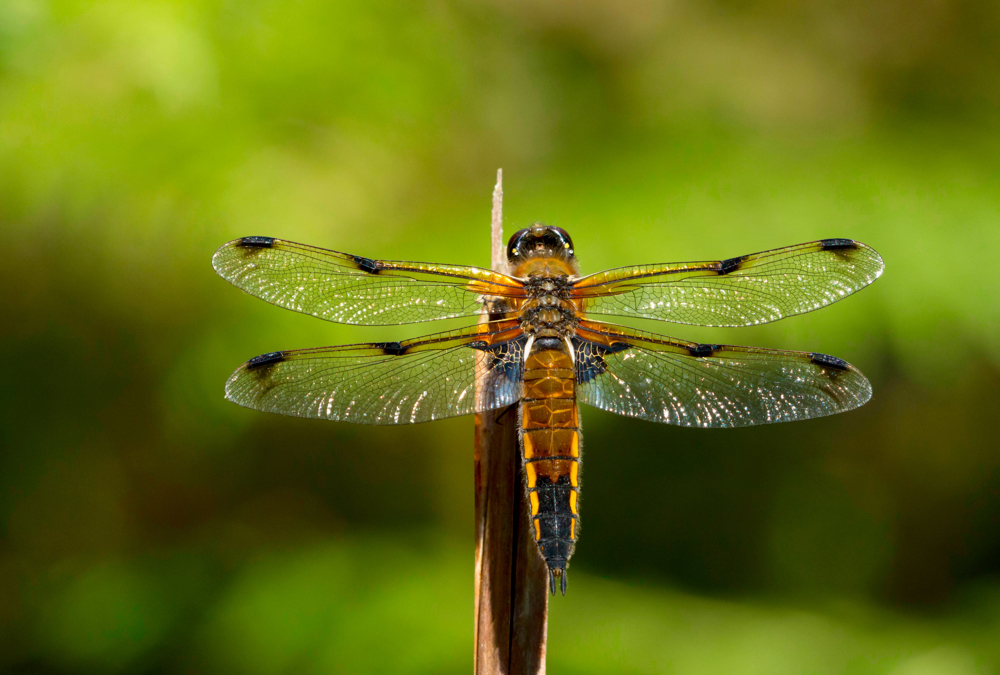Most farmers understand depreciation, right? When you buy a new pickup, it depreciates rather quickly once you drive it off the lot. Your tractor will depreciate over time as well as the rest of your equipment. Your accountant will depreciate your assets each year in your books. Pretty straightforward, but there are a few places where depreciation might not be so obvious. How about appreciation? Can your assets appreciate in value?
To calculate depreciation, you take the purchase value of an asset, subtract the salvage value from that and then divide it by the number of years that you have owned the asset. For example, let’s say that we bought a tractor for $35,000, owned it for 10 years and then sold it for $15,000. To get a percentage, we divide the depreciation per year by the beginning inventory value:
Read Also

What to know before you go to Agribition 2025
If you’re attending Agribition 2025, this is the place to find out about tickets, dates and what’s happening this year.
- $35,000 – $15,000 = $20,000/10 = $2,000/year or 5.7 per cent depreciation/year.
When we are working with our gross margin analysis, we need to plan to cover depreciation in our businesses. On paper, we would need to take the $2,000 out of the profit that the tractor makes each year and then place that in a bank account. If we did this each year for the ten years we own the asset, we would have $20,000 saved up. Then when we sell the tractor for $15,000, we add the $20,000 to the $15,000 and replace the tractor. That is how you would cover depreciation in your business.
Do you know how most farms deal with asset depreciation? Usually with land appreciation. Because your land is worth more, the bank will give you a loan for a new tractor. This is not always repeatable.
Did you know that your livestock can also depreciate? Let’s do the same calculations for your breeding herd. This is the same for any type of livestock. In this example I will use a beef cow and don’t get hung up on the values I use. These are just hypothetical examples. Let’s say that the value of a bred cow is $2,000 and her cull value is $1,200. Now what is the average lifespan of a cow in your herd? We all have that cow that is 15 years old, but the average is much lower than that because of all of the bred heifers and first-calf heifers that do not make the cut. Most farmers are shocked when they hear that the actual average in North America is three years. For arguments sake, let’s use five years:
- $2,000 – $1,200 = $800/5= $160/year or 8 per cent depreciation/year.
So our beef cow depreciates at $160/year. This means that to cover your depreciation, you need to take $160 from the profit of every calf that you sell and place that money in an account. After the five years, you would take the accumulated $800 in the account and add it to the $1,200 from the cull sale to buy a replacement cow. This, of course, is done on paper. You could actually save this depreciation in a bank account or wisely invest it into something else. The key word being “wisely.”
Just make sure that you are accounting for it in your gross margin. In our gross margin, we calculate for this in our stock flow chart with our cull losses. This is a spreadsheet that allows me to keep track of all the animals and value changes within the breeding herd. It’s a very handy tool. When we sell a cull, we also deduct the cull loss from the total value of our herd. This is a hidden cost, as we don’t see this in our bank account, but if you looked at your balance sheet, that $800 disappears every time you cull a cow. It is important that you account for this in your business.
In order to see if a profit centre is repeatable we need to account for depreciation.
One way to lower your depreciation is to establish a long-term genetic plan. By selecting for low maintenance and high reproduction in your herd, longevity would increase and thus lower your depreciation per year.
But wait. Our beef cow herd does not just depreciate. There are times you also need to account for appreciation in the herd. As animals grow and develop from calves to replacements, from replacements to bred heifers, and from bred heifers to bred cows, they usually gain in value. As we are putting feed into them, they should be more valuable as they transfer from one class to another. They are appreciating as they move through the stock flow. So we need to account for both depreciation and appreciation within the herd.
There is another time when appreciation should be accounted for in your livestock. Indeed, I believe this is the only time most producers actually make a profit. That’s when you choose to sell.
In my opinion, selling the calf every year only covers your day-to-day costs like feed, veterinary and supplies. True depreciation — opportunity cost, labour and equipment costs — are not always accounted for on most farms.
By working with the markets and the cattle cycle, you can plan and time when to buy and sell to capture the appreciation of your herd. Every stock market guy will tell you to “buy low and sell high.” A lot of farms do the opposite and I know from experience that some bankers encourage this. If the cattle markets are up, we all want to jump in and buy more cows because the calf prices are good, then when the market drops (as it always does) we are forced to sell. I have seen it a few times.
Instead, let’s plan for a profit, to build our herd when the markets are low and plan to sell off, or cull really hard when markets are high. This way we can take advantage of the appreciation of our herd and eliminate the hidden cost of depreciation.
For example, take a farmer who purchased a herd of cattle in 2008 when prices were low. Let’s say he bought some young bred cows for $1,000/cow. (Yes, this is opposite to what most people did). Calf sales and cull sales were on the rise all through 2009 until 2015 when they hit a high point. If he decided to cull really hard and only keep his best genetics, the sale of his older bred cows might have brought him $2,000 in 2015. (Young cows were selling for over $2,000.) We have an appreciation of $1,000 per cow over seven years:
- $2,000 – $1,000 = $1,000 / 7 = $142/year or 14 per cent appreciation/year.
That is an appreciation of 14 per cent. (We divide the appreciation per year by the beginning inventory value.) Plus he had pretty good prices on his calves throughout that period.
If we back up, it also happened in 1996 as young cows could be bought for $800 and by 2001, that older cow could be sold for $1,500.
- $1,500 – $800 = $700/ 5 = $140/year or 17 per cent appreciation/year.
That was an appreciation of $700 or 17 per cent over five years for the person who bought and sold to capitalize on the markets. Again, don’t get hung up on the values I use.
My point is, as the manager of your business, would you rather learn how to calculate the depreciation of your livestock, or plan for appreciation in your herd? Either way, you need to include this calculation in your gross margin analysis.


